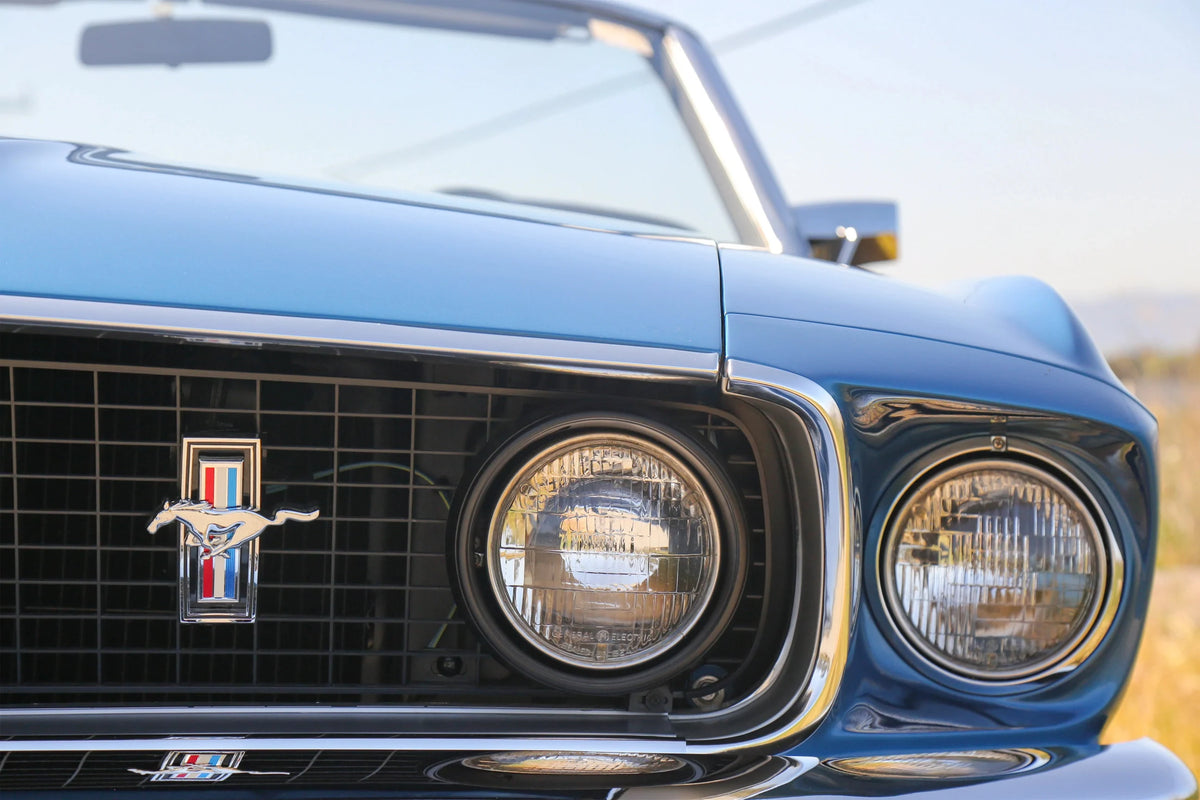
The Ignitor fits entirely inside the distributor, and in most cases installs quicker than points. There are no “black boxes” or complicated wiring. Simply install the kit into the distributor attach the two wires to the appropriate location, and you’re done. Some applications may require a little more work, which may add to the level of difficulty. We have some helpful installation videos of our most popular kits which can be viewed here.

AnswerWith Ignitor electronic ignition systems, leaving the ignition switch in the run position when the engine is not running, can cause permanent damage to the ignition system, and related components. This does not apply to the accessory position of the ignition switch. Ignitor II and Ignitor III ignition systems have protections built into them that turn off the system prior to damage.
It's very important to verify that your spark plug wires are compatible with the ignition system, or any on-board electronics in general. Solid core wires have a copper or stainless steel conductor and generate excessive Electromagnetic Interference (EMI). This EMI can create confusion with electronics and ultimately damage them. With all PerTronix ignitions we recommend that a suppression style spark plug wire (also called carbon core) be used. The suppression wires do an excellent job of controlling the EMI with no degradation to the ignition performance.
If, you don't know how to identify the type of wire on the engine. Here's a articular written by our friends at Hot Rod Network showing pictures of the different wires. It should help with figuring out the spark plug wire being used on your engine. Keep in mind PerTronix ignitions need carbon-suppression, or spiral-wound wire:
https://www.hotrod.com/articles/1006rc-ignition-wiring/
To figure this out, a quick look at the two wires on the Ignitor's is all that is needed.
If you have a Red wire and Black wire, you have a negative ground Ignitor.
If you have a Black wire and Black W/white tracer wire, you have a positive ground Ignitor.
Flame-Thrower coils are made with two different internal materials, oil and epoxy. Epoxy filled coils have a cured resin which supports the coil internal winding's and they can be mounted in any direction. Oil filled coils should always mounted upright to prevent a potential leak of critical fluid as the coil heats up and cools down.